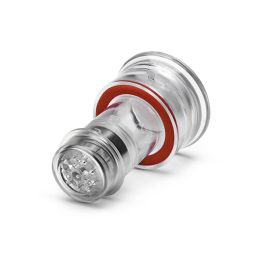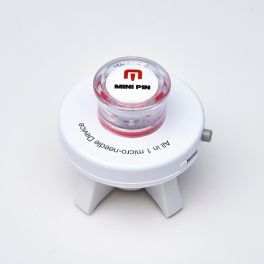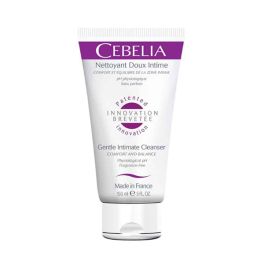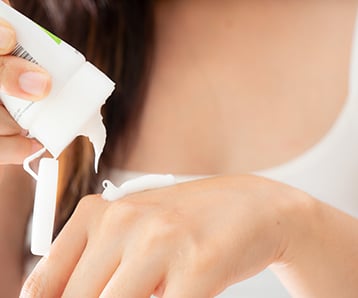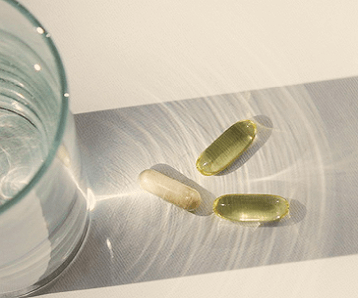Perioral dermatitis - Symptoms, Causes, and Treatment Posted on 30 Mar 2021
What is peri-oral dermatitis?
Peri-oral dermatitis is a common skin condition that more commonly affects women aged 20 to 50 years old. It usually causes persistent redness or small bumps (papules) and sometimes pus-containing spots (pustules). It can persist for a few months until the cause is identified and corrected. The name of the condition ‘Peri-oral dermatitis’ can be confusing, as it is not thought to be a form of dermatitis (eczema). Instead, peri-oral dermatitis is thought to be a type of rosacea. Rosacea is a common longstanding condition that causes persistent redness, bumps and pus-containing spots (pustules) on the forehead, cheeks, nose and chin. For peri-oral dermatitis, ‘steroid-provoked rosacea’ might be a better name, but most people still use the name “peri-oral dermatitis”
What causes peri-oral dermatitis?
Peri-oral dermatitis is usually triggered by the use of steroid creams on the face. It can also be triggered by steroid tablets or inhalers taken for another medical condition. The exact cause of peri-oral dermatitis is not fully understood.
Is peri-oral dermatitis hereditary?
No, peri-oral dermatitis is not a hereditary skin condition.
What are the symptoms of peri-oral dermatitis?
People with peri-oral dermatitis usually notice a recurrent red rash around the mouth which feels sore and may be persistent.
What does peri-oral dermatitis look like?
Peri-oral dermatitis causes persistent redness on the face with many small bumps called papules. Pus-filled spots called pustules may be seen and also to small red patches which are usually dry and flaky. It can cause burning and irritation of the skin. It is usually on the lower face, around the mouth and may occasionally involve areas around the eyes and nose. It usually spares the cheeks and forehead.
How is peri-oral dermatitis diagnosed?
Peri-oral dermatitis is a diagnosis made by looking at the skin and from the appearance and distribution of the red rash on the face. There has nearly always been some application of steroid creams to the skin. Other tests are not usually required.
Can peri-oral dermatitis be cured?
Peri-oral dermatitis is usually easily treated by stopping the use of steroid creams (topical steroids) and treating for a few weeks with a once-daily tetracycline (antibiotic) tablet. In most people, this clears the rash. As long as steroid creams are then avoided to the face, it usually stays clear, though can sometimes come back.
How can peri-oral dermatitis be treated?
Peri-oral dermatitis usually responds well to treatment. However, it can take several weeks for the rash to clear. The standard approach to the treatment of peri-oral dermatitis involves stopping any steroid creams and taking once-daily tetracycline tablets such as doxycycline or lymecycline. Sometimes milder cases may settle with antiseptic or antibiotic creams. Alternative antibiotic tablets include clindamycin and
erythromycin. In most people, antibiotics for 2-3 months are adequate but occasionally a longer course is required.
Self-care (What can I do?)
• Try not to pick or squeeze your spots.
• Stop applying all face creams including topical steroids, cosmetics and sunscreens unless advised by your doctor.
• Wash the face with water only until the condition resolves.
• Once peri-oral dermatitis has settled down, use a soap substitute as advised by
your doctor or nurse to cleanse your face.
• Use an unperfumed moisturiser on a regular basis if your skin is dry or sensitive
BY THE BRITISH ASSOCIATION OF DERMATOLOGISTS (BAD)
To learn more about Seborrhoeic Dermatitis, read our skincare guide, How to treat Seborrheic Dermatitis written by Dermacare's aesthetics experts.














